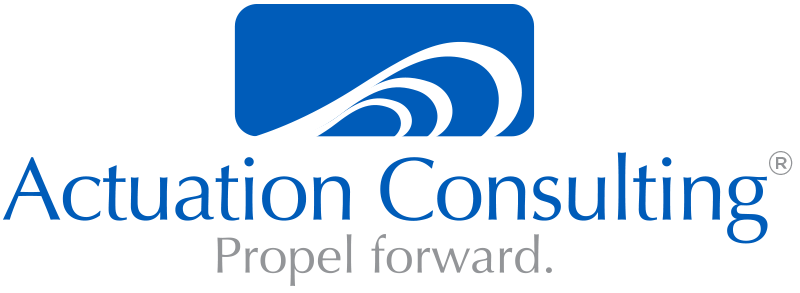In my recent post I discussed approaches companies take to the business case. Now we’re going to drill down and learn how to put a compelling business case together.
The Executive Summary
The executive summary is the first thing your management will read and the last thing you will write. It is a consolidation of the most important information contained in your compelling business case document. The executive summary lets busy executives grasp in just 1-3 pages the essence of your argument for your plans.
Lay Out the Business Opportunity
Your problem or opportunity statement follows directly after the executive summary. It’s the first component you develop. In it you set up the situation that will make your proposal the perfect solution. Be sure that the request for resources you are going to make fits within your company’s business strategy. Otherwise, it will have little chance of success. Describe the current market situation highlighting new opportunities for your firm.
The Solutions Description
In this section, give an overview of the desired outcome. Reveal how your solution capitalizes on the market opportunity highlighted in the previous section. Your first step will be to review all the options you considered before settling on your preferred solution. Make sure you make “doing nothing” one of the options you considered. Tell why the option you selected rose to the top of the list.
Once you’ve covered the various solutions, consider the costs associated with your preferred option. This should include total projected costs as well as the anticipated return. Be as accurate as possible. Costs might include the product team’s activities, development costs, quality control, testing, ongoing maintenance, and administrative costs.
The Benefit Analysis
In this section, you’ll compare the estimated costs with benefits so that management can see that the investment is worthwhile. Projected financial returns should exceed the costs and overcome any financial obstacles. The management team will be especially interested in the rate of return as well as the timing. Financial benefits will be the most important consideration. However, be sure to highlight benefits such as increased market share, growth in customer satisfaction, and reduction in employee turnover.
Break-Even Time Frames
A lot of companies plan on a one-year payback period on an investment in a new product. But, if you are introducing a product into a new market it can take up to five years to reap a return on the investment. That’s because you’ll be learning about the emerging market’s dynamics as you proceed. That takes time and course adjustments.
Implementation Timetable
Key milestones in the new effort and an implementation timetable must be outlined in your business case. Discuss resources required and how long it will take to bring the product to the market. Product managers also need to describe potential risks and any assumptions made.
Conclusion and Recommendations
Your last step, before you return to write your executive summary, is to lay out your conclusion and recommendations. Here, you’ll recap your key themes and the benefits and anticipated financial return. Make sure a sense of urgency comes through in your writing.
Writing a compelling business case will give you the tools to get your leadership behind your vision. Then you’ll be a step closer to bringing your ideas to fruition. In my next post I’ll discuss how to engage the company employees who will execute your plan.
Advancing the Profession of Product Management™
website I consulting I training I toolkits I books I blog I twitter

